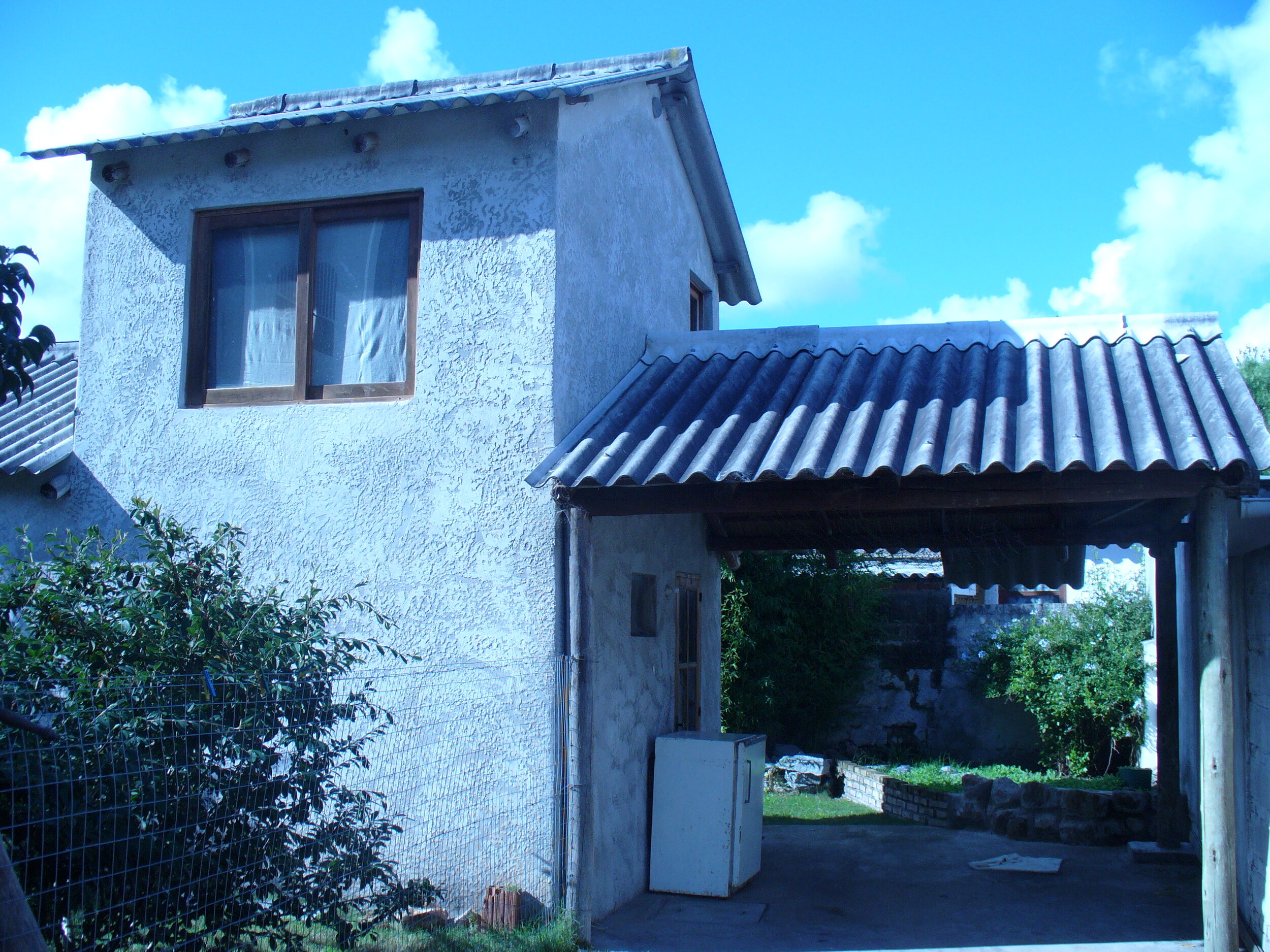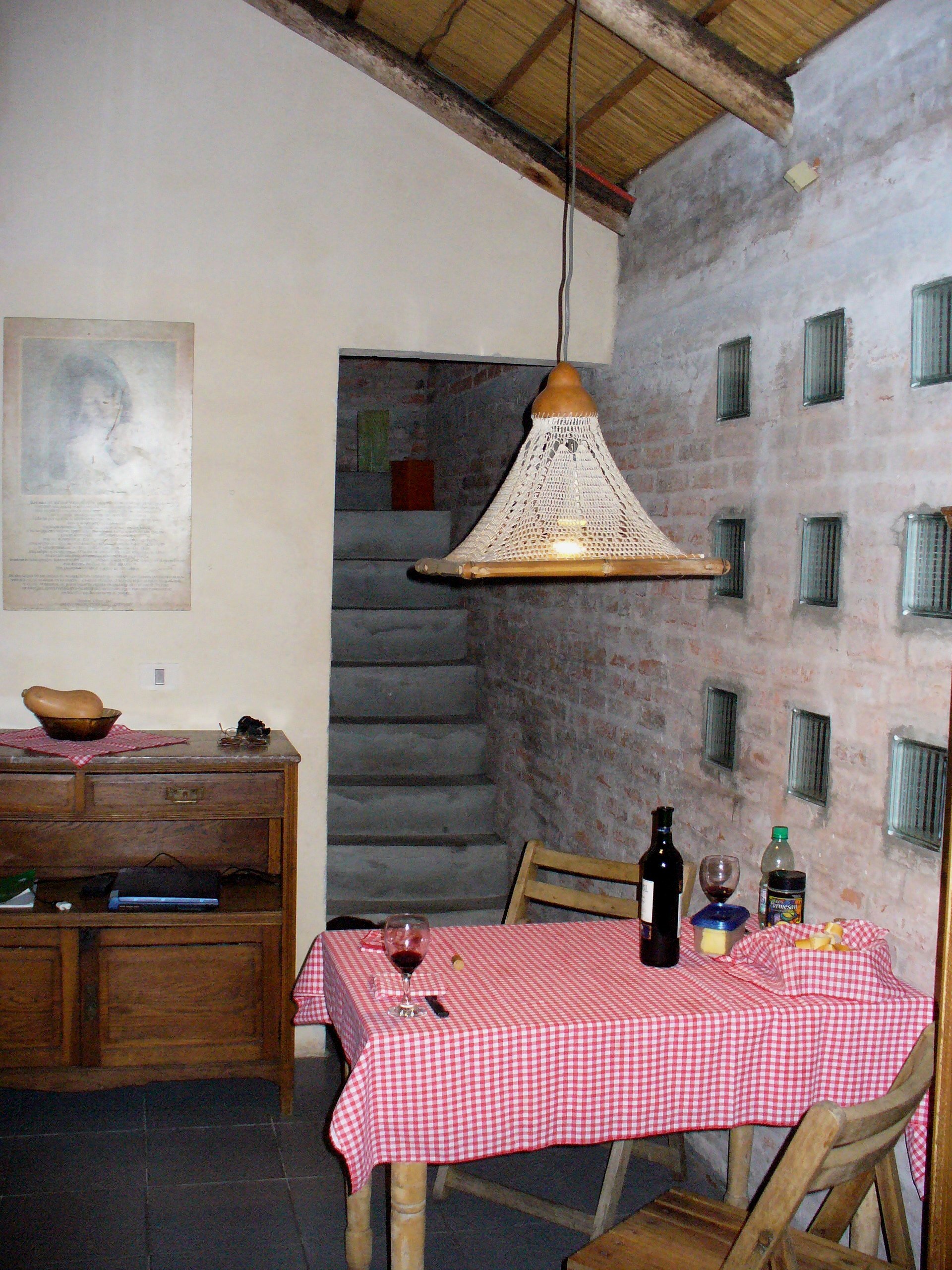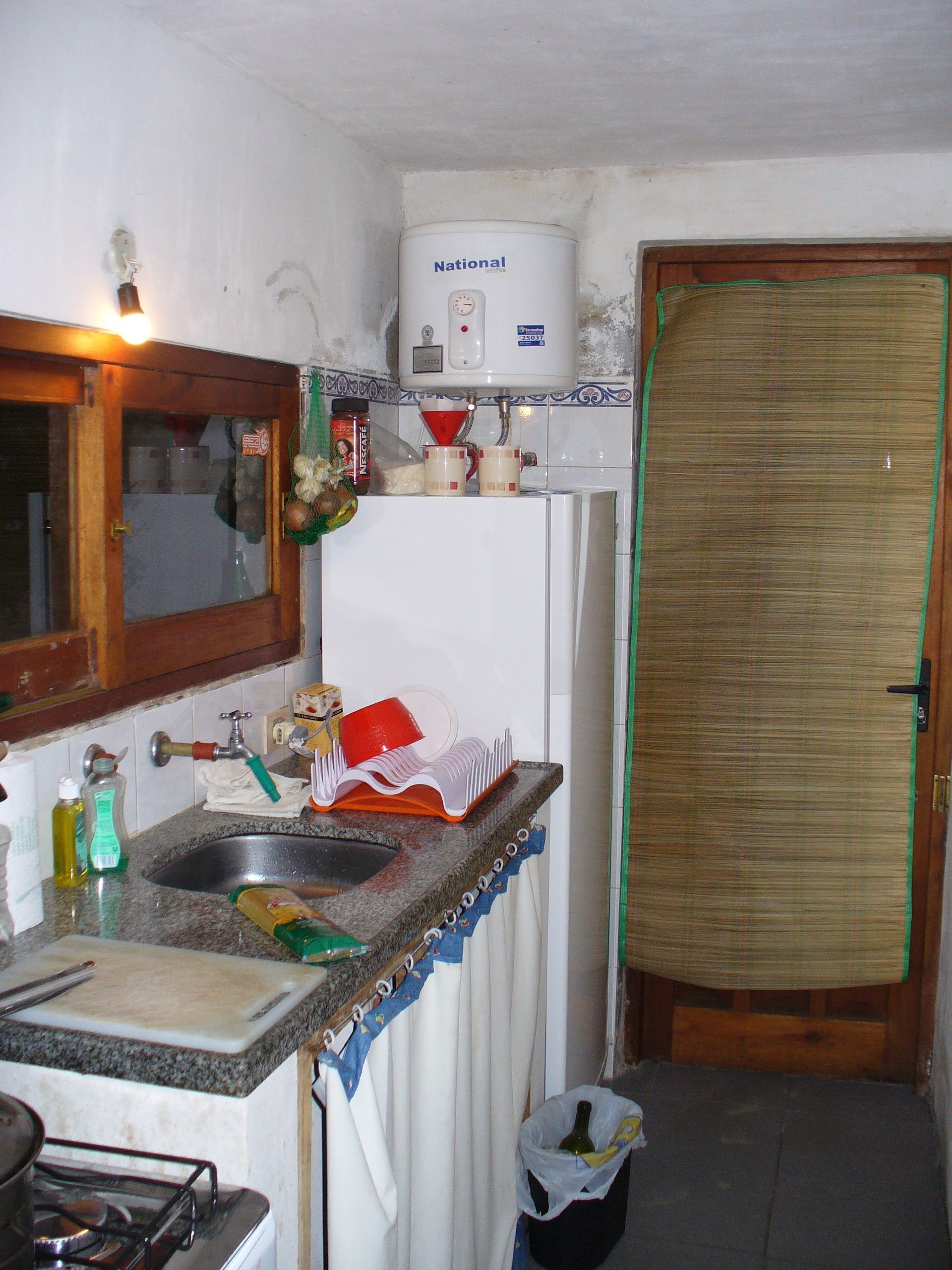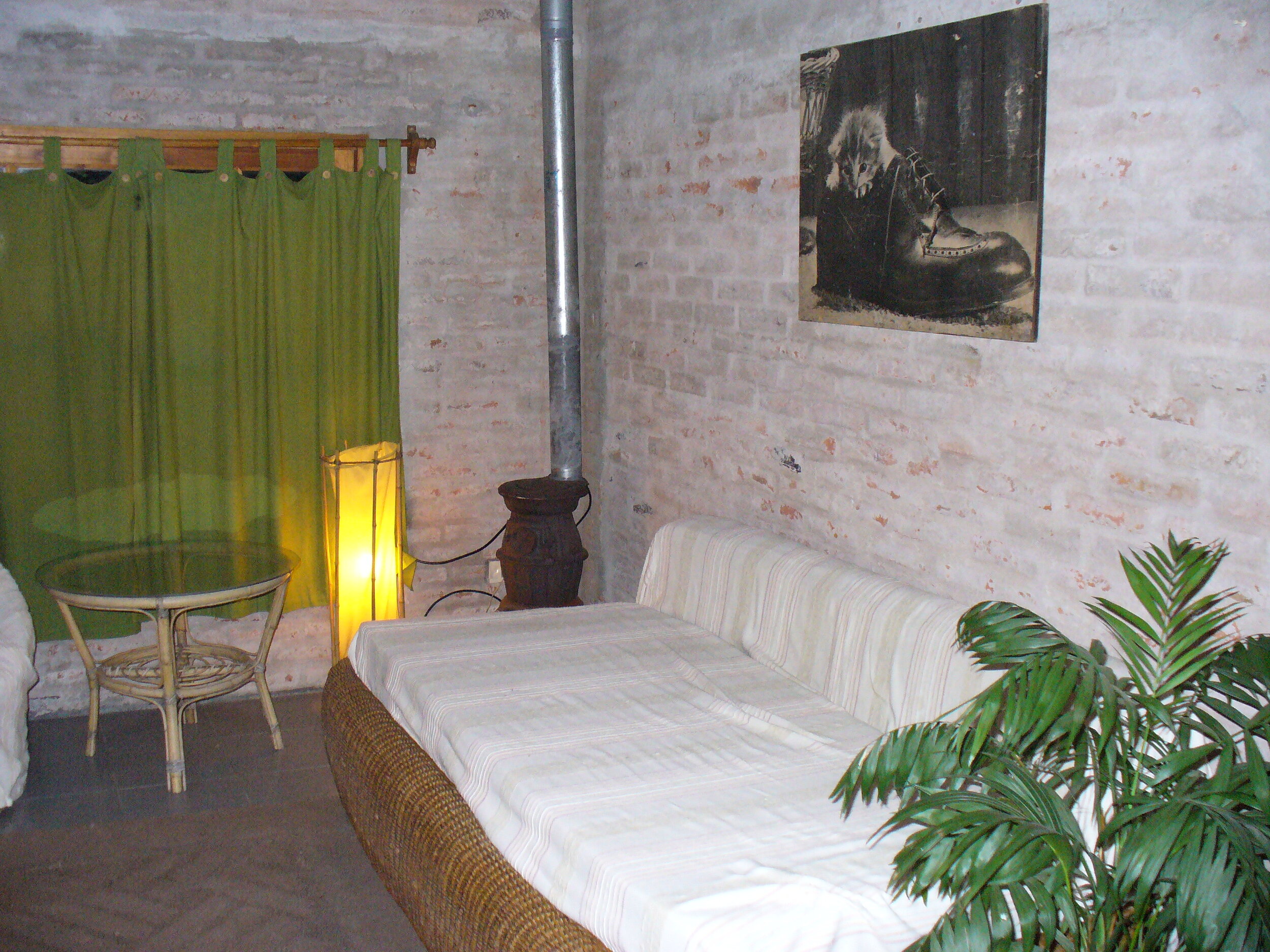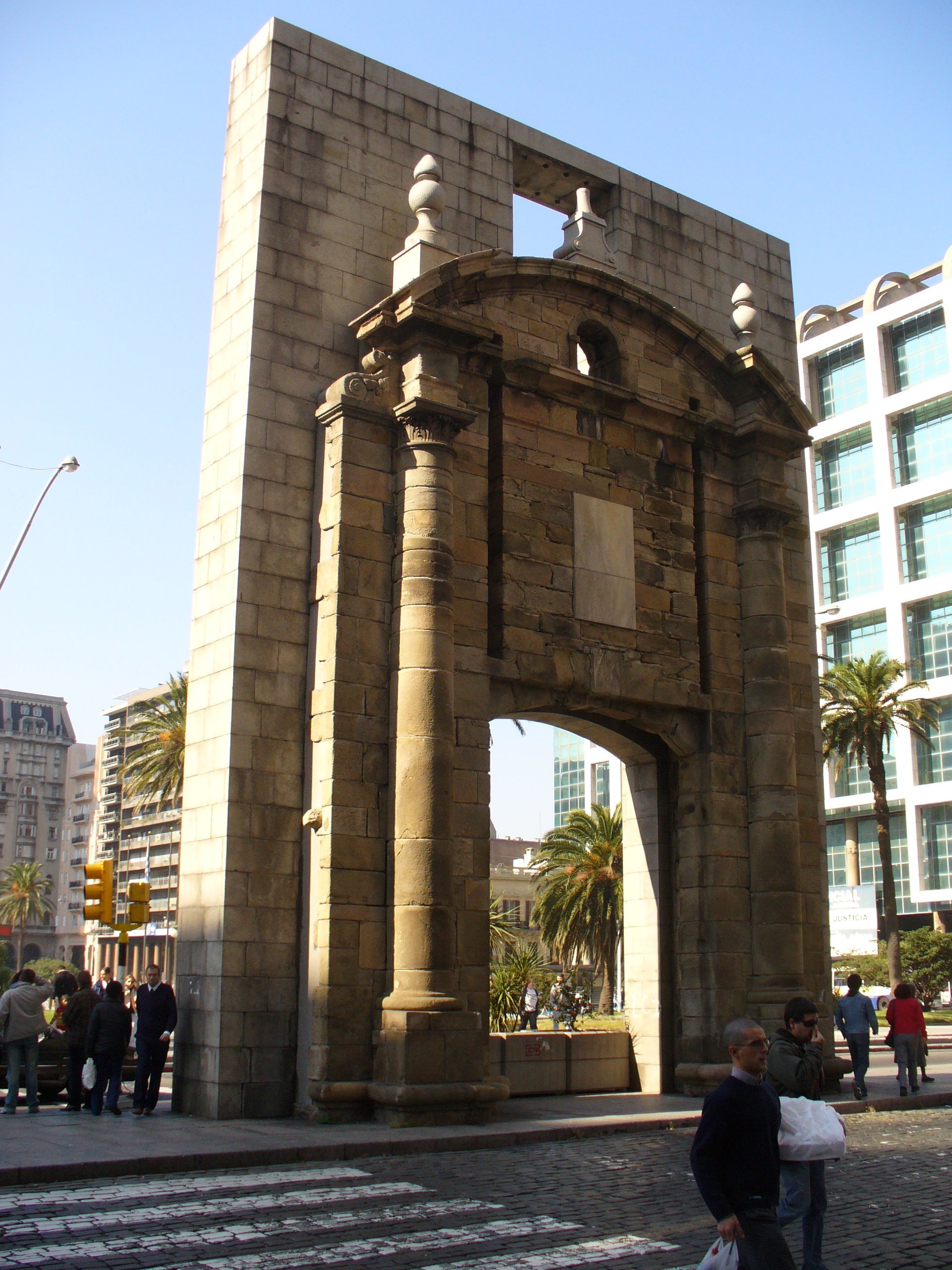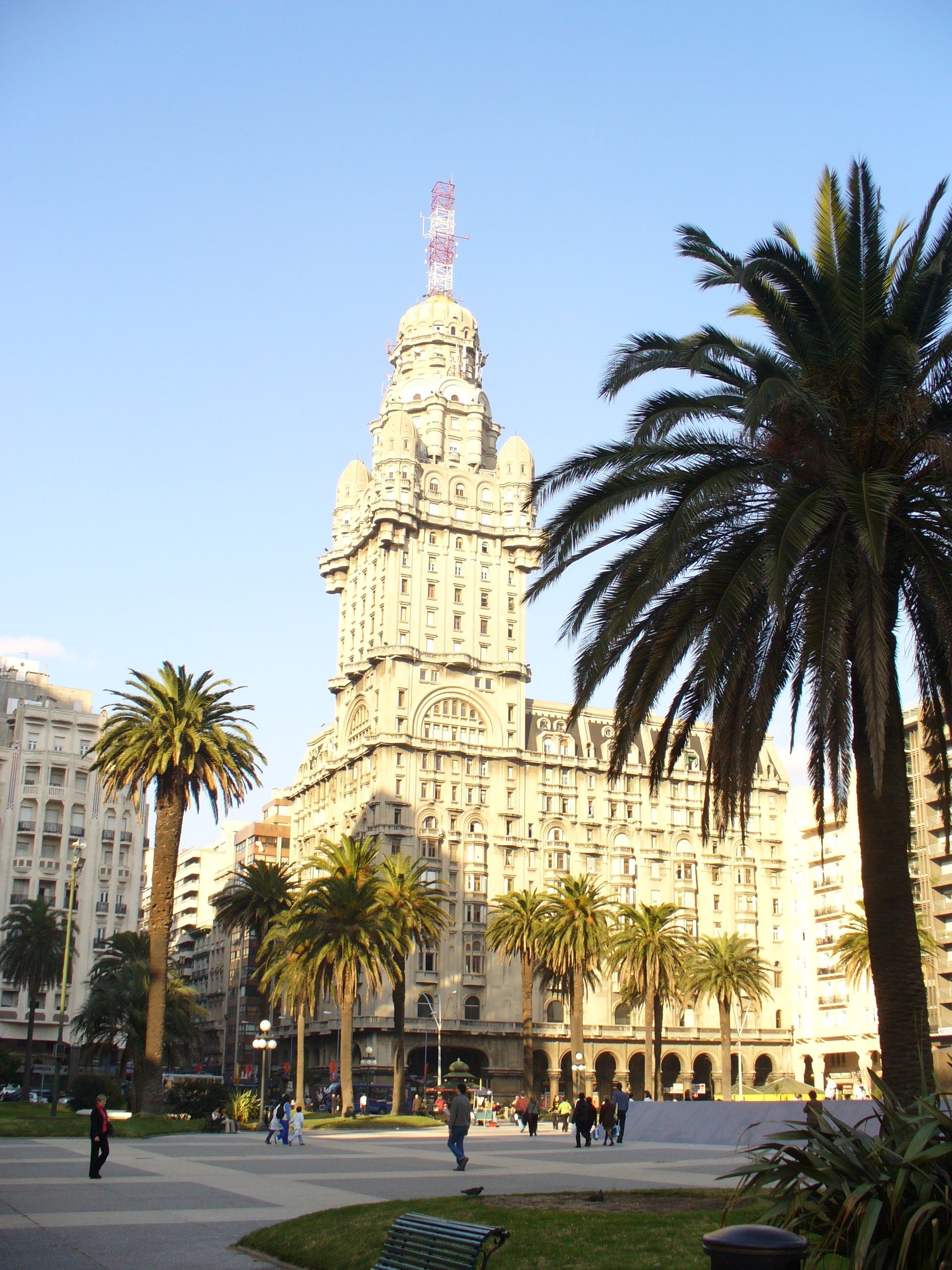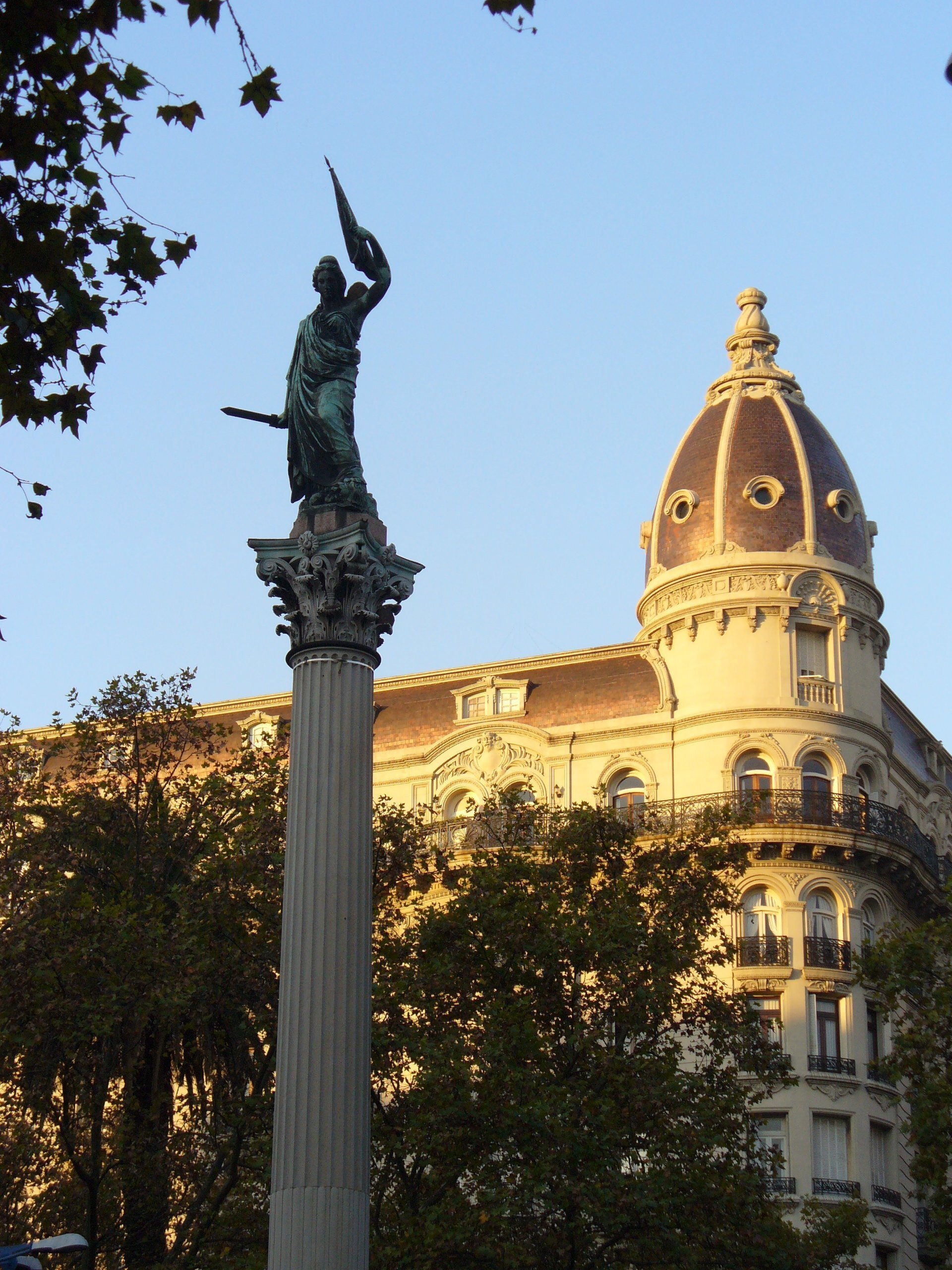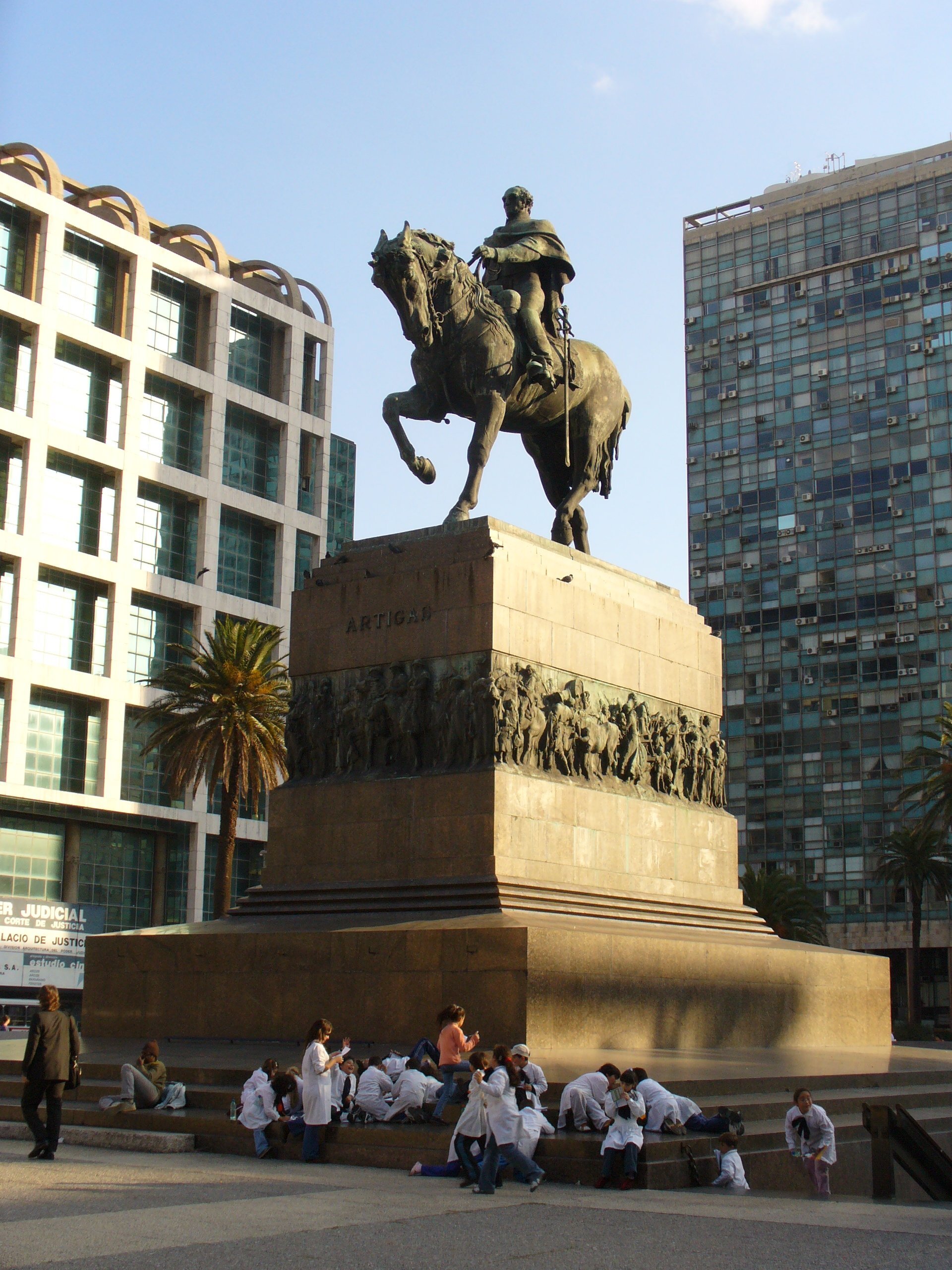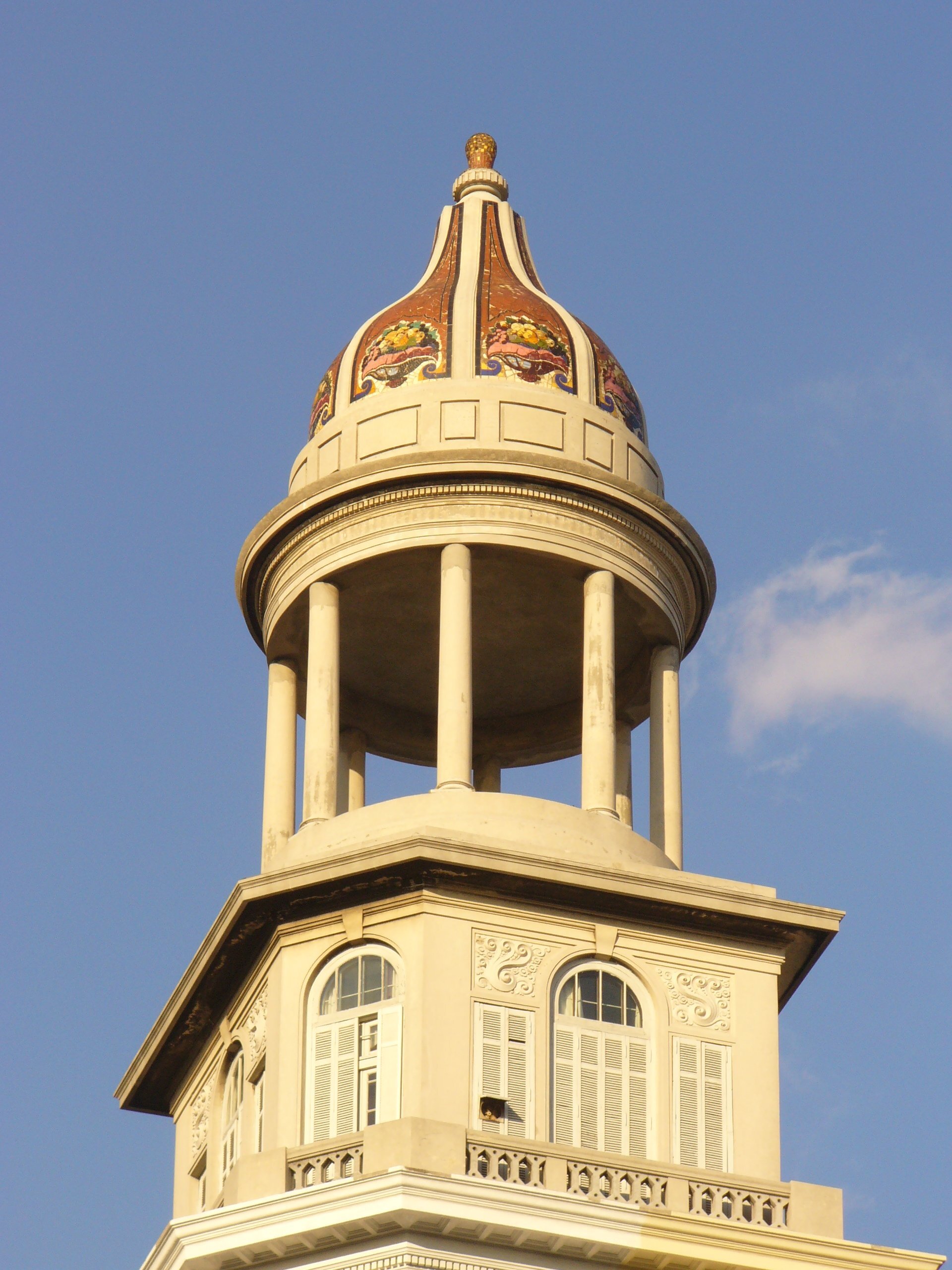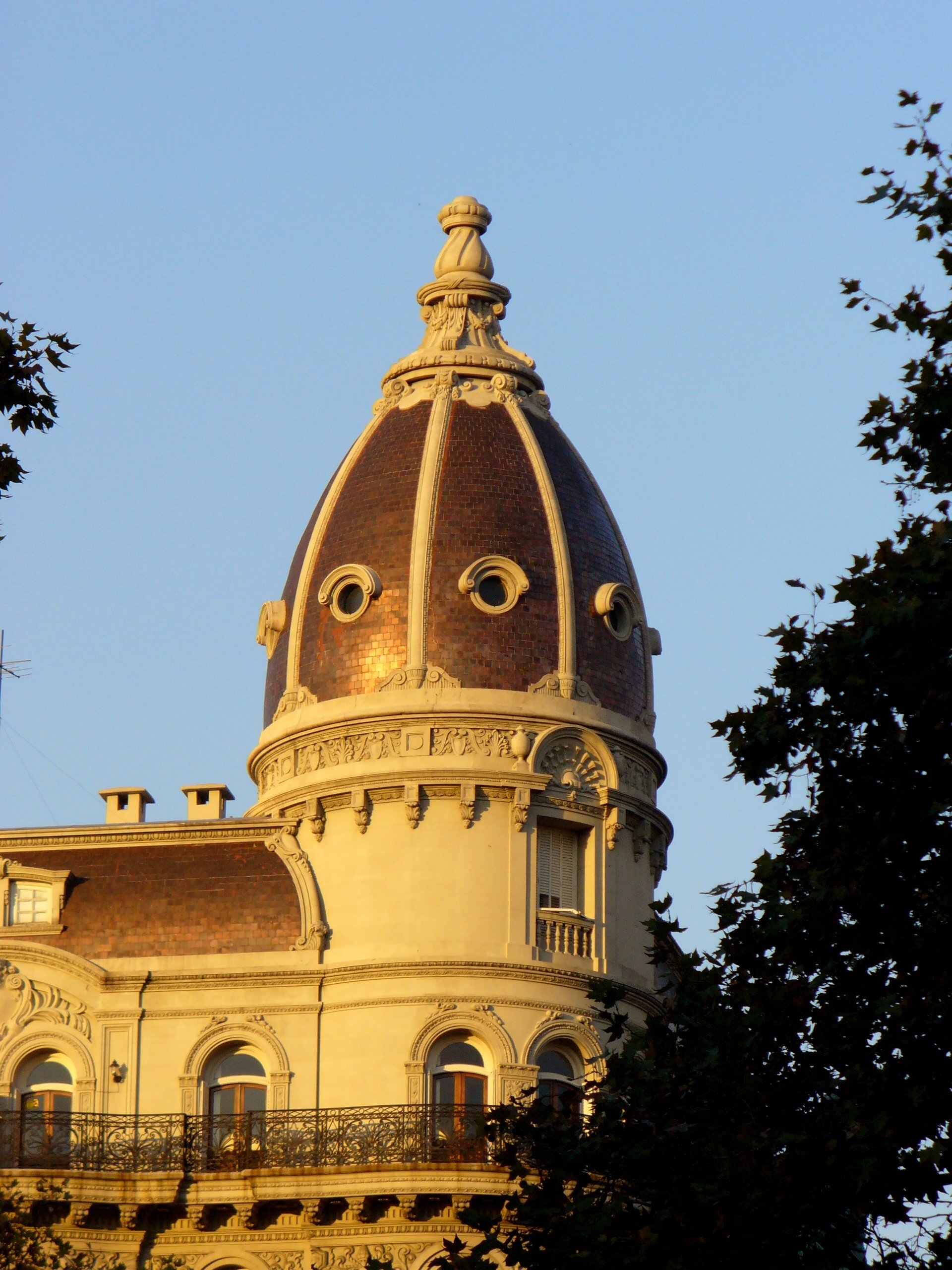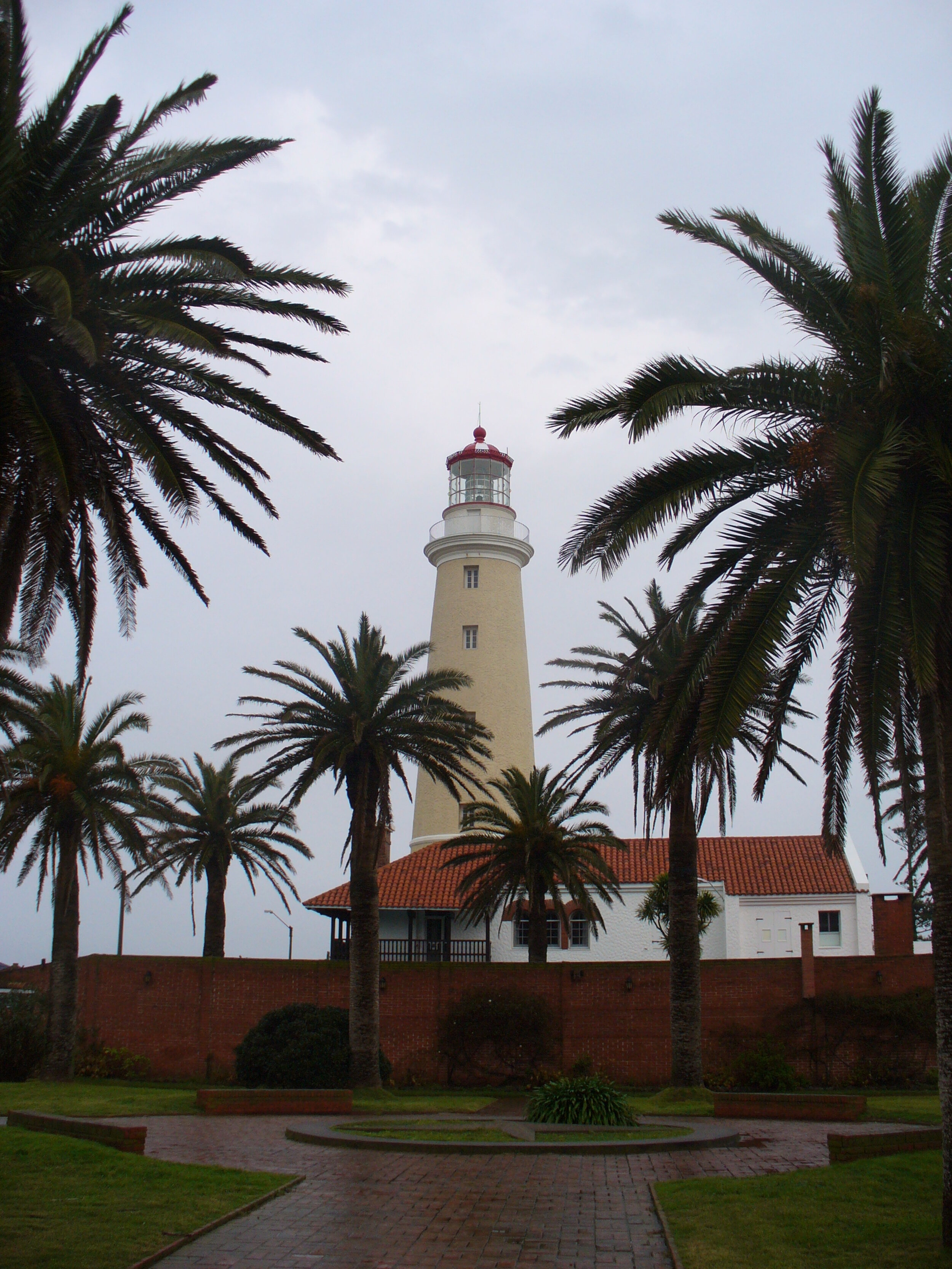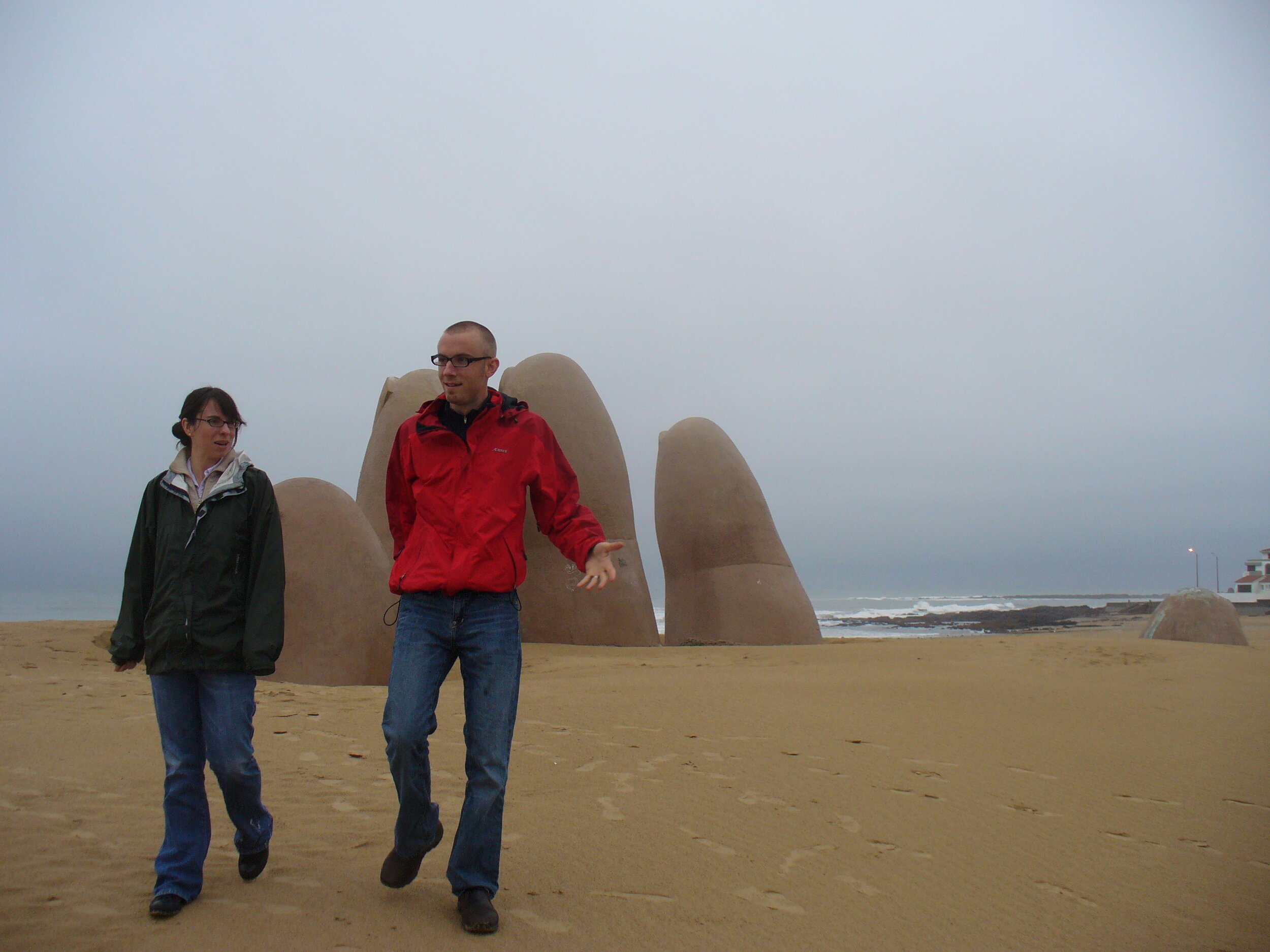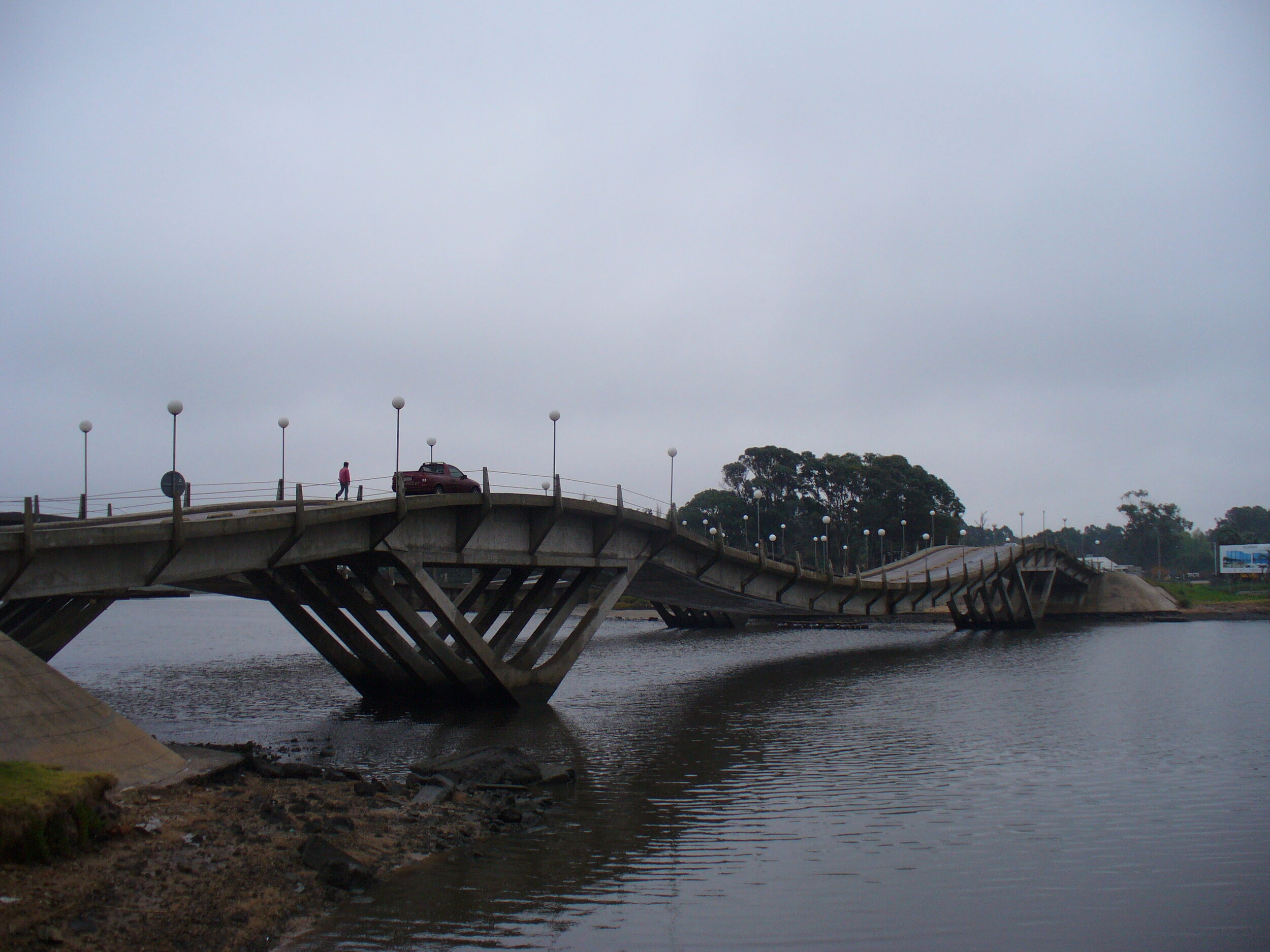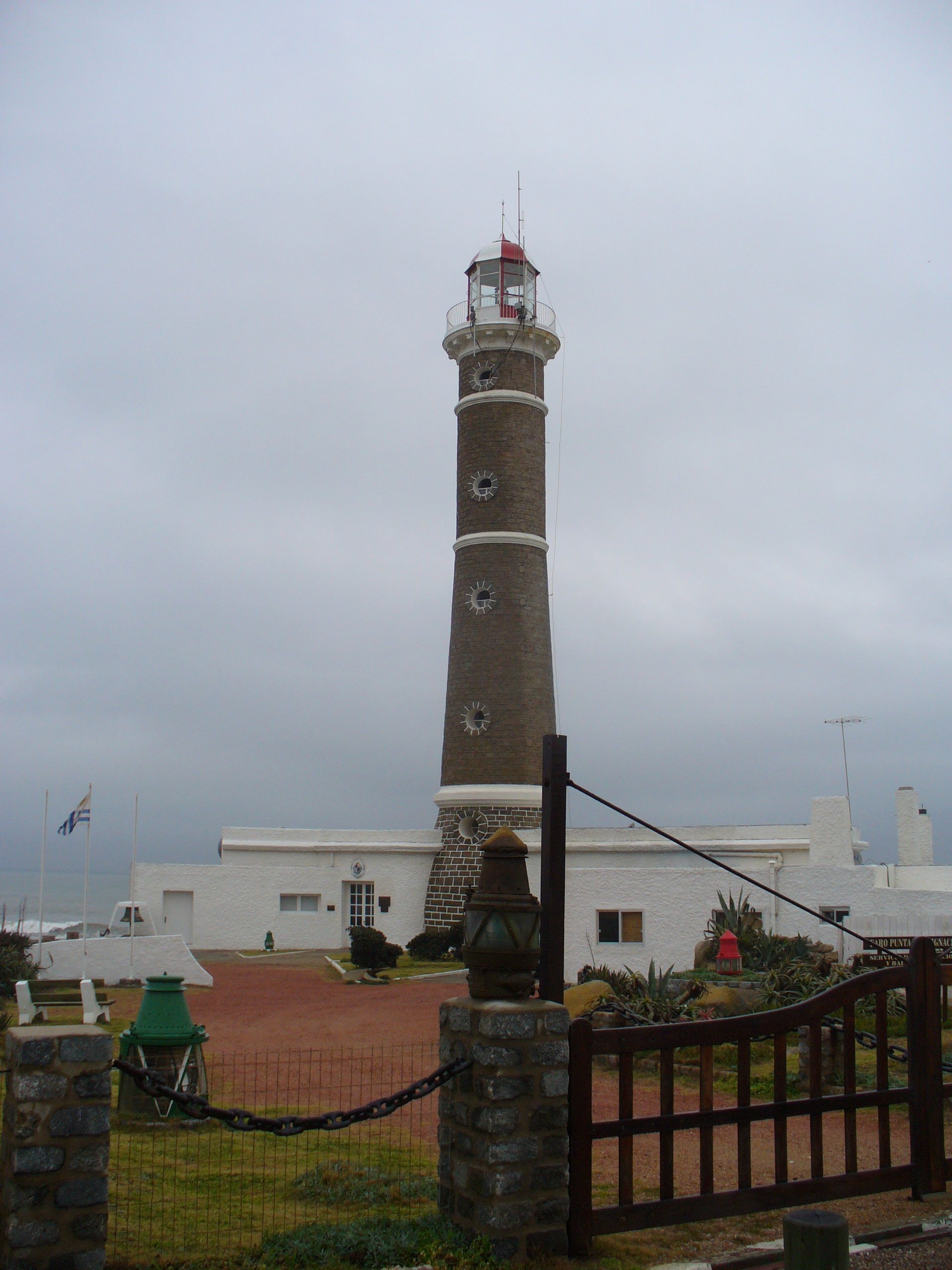Uruguay ... "tranquilo" says it all!
If there was ever a calm, understated country, Uruguay is it. This buffer country separating Brazil from Argentina, is friendly, progressive and very-European and most folks couldn't place it on a map of South America if they tried. We were there on and off for several months, made lots of friends and came to love the country and its people.
Republica Oriental del Uruguay
Capital City: Montevideo
Land area: 68,039 sq mi... about the size of Missouri
Population: ~3.44 million (2016)
Language: Spanish
Currency: Uruguayan Peso
Highest Point: Mt. Catedral 1,687'
Chief products: Beef, lamb, leather goods
A land of gently rolling grasslands and wild Atlantic coastline, Uruguay is South America’s second smallest country.
I remember my Mom telling folks we were visiting a "U" country, but she could never remember exactly which country it was. Uruguay is one of those countries that most people never hear or think about, yet it was one of the few countries we visited where we thought we actually might like to live. They welcome ex-pats; they offer good medical care; the people are friendly and laid-back; the government is stable; taxes are reasonable and the climate is temperate. What's not to like?
The well- protected marina at Piriapolis is just off the Rio de la plata. A view from the local high point, Cerro San Antonio.
Piriapolis
The trip from Mar del Plata, Argentina to Piriapolis was only 224 miles. A pleasant overnight passage of 44 hours and we were in a new country right across the Rio de la Plata. Bienvenidos a Uruguay. Located on the coast, Piriapolis is actually on the Rio del la Plata just off the Atlantic Ocean. The reason for coming to Piri (as the locals call it) was to haul Cups to repair the damage to the keel sustained when we hit some rocks in the Chilean canals plus her annual maintenance was due. We had heard the prices and facilities were good and it was less hectic and crowded than Buenos Aires. We traveled in “loose company” with Noel on Sadko once more, arriving a few hours in advance of him. We were helped onto the Med moors by another cruiser and then helped Noel when he arrived. To our surprise and delight, Ian and Judy on Pen Azen and Betsy & Bob on Belair were also in residence, waiting to be hauled. We had not seen them since Ecuador, some two years prior. Small world theory strikes again.
Piriapolis would become our "home" for a few months while Nine of Cups was hauled out for repairs and her annual maintenance.
“At its mouth, the Rio de la Plata is 118 miles wide, making it the widest river in the world.”
What's unique about Uruguay? Whenever we visit a new country, we try to discover what is unique about it… what makes it different from every other country we’ve visited? What unique foods are offered? What cultural differences are there? Uruguay, for such a small country, has several distinctions.
Foods:
Martin Fiero – membrillo dulce (candied quince) and cheese is served as a dessert in many restaurants.
Chivitos – A steak sandwich loaded with tomato, lettuce, a fried egg, olives, onions, ham, cheese. Quite a meal!
Alfadores – A cookie sandwich filled with dulce de leche (caramel cream)
Chajá – A meringue dessert claimed as a specialty of Paysandú.
Flan casero – Crème caramel usually served with dulce de leche (sort of a caramel cream).
Tannat – a varietal dry red wine found only in Uruguay and France, although Argentina has a few vines now.
Masas - small, rich, delightful pastries which we could buy at DeVotos supermercado for about $1/kilo and then, of course, there's media luna (half moon) which are little croissants served plain or with a light glaze (3/$1).
Francisco Piria officially bought the land here in 1890 and began development of the resort town to attract wealthy Argentinians. The Hotel Argentino pictured above was finished in the mid-1930s and was the culmination of his vision for the town he named after himself, Piriapolis. The hotel still operates today as a 350-room European-style spa offering thermal baths, a classic dining room and luxurious living.
A word about mate... Everyone in Uruguay drinks mate (mah-tay), a hot herbal drink comparable to a bitter tea. They carry their mate cups (usually made from carved gourds) and a hot thermos of water with them everywhere... not so different from Americans and their cups of coffee. They drink their mate using a bombilla, a metal straw.
We were not allowed to live aboard so we rented a "casita" in town and had about a one mile walk each way to and from the marina each day. Our landlady, Christina, loaned us bikes so we could pedal back and forth and around town. She also let us borrow her car on several occasions, so it was a great arrangement. We spent a total of 5 months in Piriapolis on this trip, completing maintenance and repairs on the boat, as well as using Piri as our base for exploring central and northern Argentina. Below, our little 4-room furnished casita suited our purposes perfectly.
Montevideo
Founded in 1726, Uruguay’s capital city, Montevideo, is home to nearly half of the country’s population. Located on a natural bay in the Rio de la Plata, we found the city to be quite “Euro” in personality and enjoyed wandering its many neighborhoods and admiring its architecture and culture. It was about a 2-hour bus ride from Piri, but we still ended up visiting quite often. Take a look at some city sights. Click on the thumbnails to enlarge the images and read the descriptive text.
The grandiose buildings are reminders of an opulent past. Montevideo is the city of cupolas. While David searched for boat parts and services, Marcie took to the streets with her camera, photographing the posh remnants of the 1930s building boom.
The old and new meld in the city streets.
More unique things we discovered about Uruguay…
The cimarron is a breed of dog first bred in Uruguay. This brindled tan/black canine is seen frequently and is about the size of a German shepherd
An interesting new bird was the hornero, so named because of its distinctive mud nest that resembles a horno, the traditional clay oven still used here to bake bread. The hornero is the national bird of both Uruguay and Argentina.
Cimarrons are a common dog breed in Uruguay.
The Honero
In 1930, the world’s most popular sporting event, soccer’s World Cup, was born in Uruguay. And who won, you ask? Uruguay, of course
According to Hoyle, the card game canasta originated in Uruguay and reached the U.S. in 1949. From 1950 to 1952, it was the biggest fad in the history of card games. The word canasta in Spanish means basket.
Uruguay was the first country in South America to legalize divorce.
Punta del Este
In August 2006, our oldest son, Brennan and his fiance, Hannah, visited for a week. During our tour of coastal Uruguay we spent a day in Punta del Este, a getaway resort for Argentines and Uruguayans alike, situated at the entrance to the Rio de la Plata and the South Atlantic Ocean. All glitter and swank, Punta is considered the ritziest resort in South America. It is overflowing with restaurants, casinos, high-class boutiques and nightclubs.
Casa Pueblo is the unique villa and gallery of artist Carlos Paez Vilaro. Located at scenic Punta Ballena, this unconventional house reputedly has no right angles... it's all curves and arches. The museum/gallery was quite interesting. We noted a Piccasso-esque quality to his work.
Casa Pueblo
We noted a Piccasso-esque quality to his work.
Maldonado
In 1755, Spanish authorities founded Maldonado about 25 miles east of Piriapolis at the mouth of the Rio de la Plata as an outpost to provision ships. The city, though small, was pleasant to walk around and we enjoyed visiting various museums and sights
Colonia del Sacramento
We visited the charming little town of Colonia del Sacramento. A jumble of plazas and cobblestone streets, the place exudes history. Founded in 1680 by the Portuguese, the port occupied a strategic position on the Rio de la Plata just across from Buenos Aires and became a key smuggling center for contraband. The old portion, Barrio Historico, is a UNESCO World Heritage site and we wandered the streets with Brennan and Hannah soaking up the ambiance.
There are 12 countries in South America and 2 dependencies. We visited all but one (the Falkland Islands), so keep exploring the ‘other’ America.








